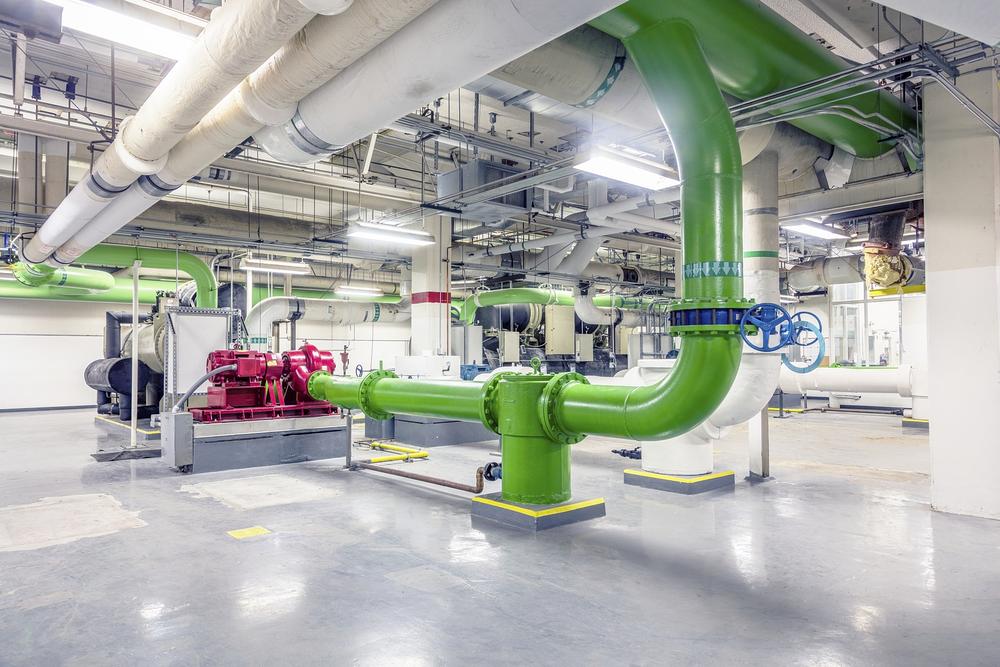
Although closed loop systems are designed to retain water, there are additional problems that may occur that cause water loss. These water loss problems are why it is necessary to clean and flush the system. Often people only consider open loop systems, which have water regularly cycle through them, as needing flushing and cleaning.
The major problem that closed loops have is water loss. There are many reasons why this may occur. One of the reasons is the packing seals either not being installed correctly or while they are being changed. This could also be caused by a full expansion tank or filters being backwashed with system water. Lastly, there may be leaks, these leaks could be undetectable.
When this water loss occurs make-up water enters the system and distorts the chemical balance. It adds oxygen and dilutes the chemicals water treatment necessary such as corrosion inhibitor.
To consult a water treatment expert to flush, clean, or perform other closed loop work, contact us here.
Removing the iron deposits involves a non-acid chemical cleaning with chiller flushing chemicals, a thorough flushing of the system to remove the iron, and a biocide to decontaminate the system.
Here are the steps:
The scale & corrosion inhibitor treatment level decreases in the loop as make-up water is added to replace leakage. Scale & corrosion by-products tend to accumulate in closed loops since the water recirculates without blow down. Iron is the most common corrosion by-product in closed loops. Even though some iron is lost through leakage, the reduced treatment level rapidly exceeds the ability of the leak to control the amount of iron dissolved in the water. As the concentration of iron increases, the solubility is exceeded, and precipitation occurs. This results in iron deposits.
Often referred to as MIC, Microbiologically Influenced Corrosion occurs when one or more species of bacteria colonize and begin feeding on the iron surfaces in a system. Colonies can attack all types of ferrous metals including iron, mild steel, galvanized and stainless steel. The metabolic process of Sulfate Reducing Bacteria (SRB) uses the conversion of iron to iron oxide to create energy. Galionella also converts iron to iron oxide. Clostridium excretes hydrogen ions which react with water to form strong organic acids. The common result in pits in the surface of the metal that are hidden under tubercles of iron oxide.
There are many places in a closed loop system where bacteria and rust can cause problems. Every component of the closed loop system needs to have water regularly flowing through it, along with biocide. There are certain areas that are particularly susceptible to stagnation and for bacteria and rust to build up. Secondary loops are especially susceptible to bacteria and rust as they may be closed during biocide treatment. It is important to open them whenever treatment is done as the untreated water in them could recirculate into the system. In expansion tanks there is no direct water flow, this can cause a cesspool of bacteria to colonize. This should be flushed and opened to let biocide through. Drip legs are another area of concern as the bacteria and other dirt can accumulate over time and make its way into the rest of the system. Dead legs can easily fill up over time, the water in them is always stagnant and is the perfect breeding ground for bacteria and other microorganisms. Drip legs and dead legs need to be drained regularly. They also need to be treated along with the rest of the system.
For expert consultation regarding corrosion, bacteria, or other water treatment problems with closed loop systems contact us here.